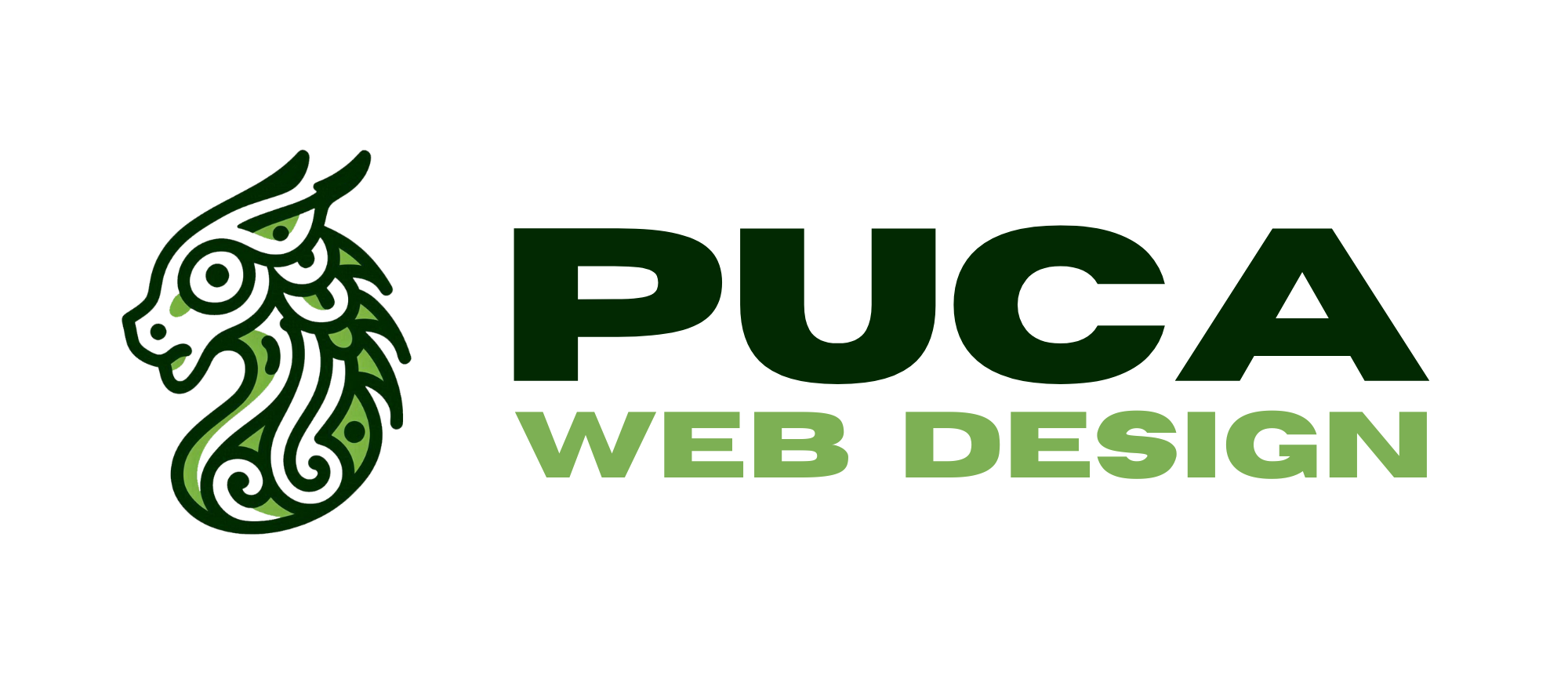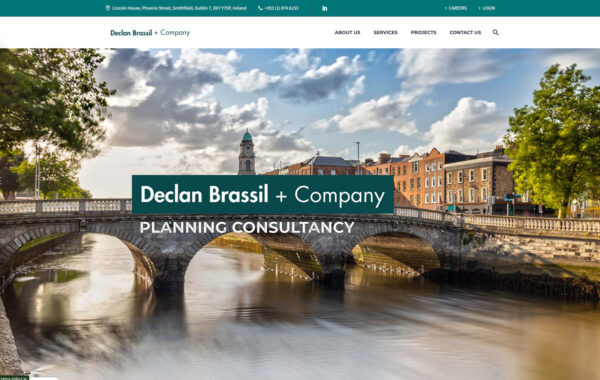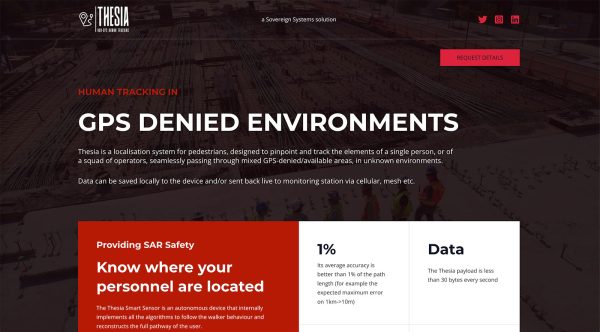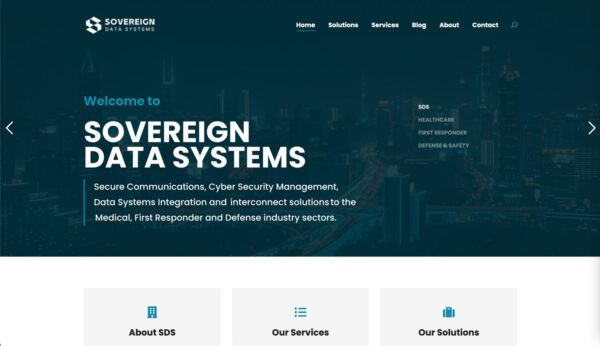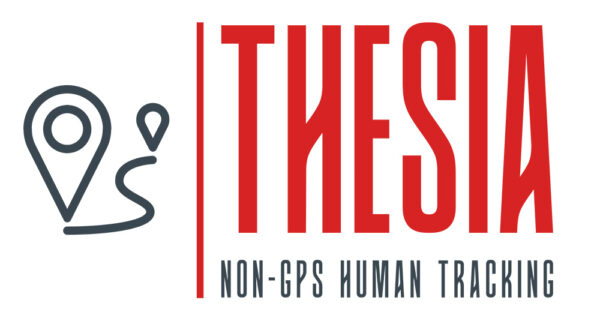Why Website Security Matters
1. Cyberattacks Are Increasing
- Every 39 seconds, a hacker attacks a website.
- 43% of cyberattacks target small businesses.
Hackers use techniques like DDoS attacks, malware injections, phishing scams, and brute force attacks to exploit vulnerabilities. Without proper security measures, your website is at risk.
2. Data Breaches Can Be Costly
- The average cost of a data breach is $4.45 million (as of 2024).
- Lost customer trust can lead to a decline in sales and legal issues.
If your site handles customer information, payment details, or confidential business data, a breach can result in identity theft, financial fraud, and regulatory fines.
3. Hackers Can Damage Your Reputation
A hacked website erodes trust. If your site is flagged for malware or phishing, browsers like Chrome will warn visitors to stay away. Recovering your reputation after an attack can be time-consuming and expensive.
4. SEO Rankings & Traffic Can Drop
Search engines blacklist websites infected with malware, causing organic traffic and rankings to plummet. Google flags over 10,000 websites daily for malware, severely impacting businesses.
How to Protect Your Website from Hackers
1. Use HTTPS & Install an SSL Certificate
- Websites without HTTPS are vulnerable to attacks like man-in-the-middle attacks.
- An SSL certificate encrypts data, ensuring secure communication between users and your website.
How to Implement It:
- Purchase an SSL certificate from a trusted provider (or get a free one from Let’s Encrypt).
- You may need to install a plugin such as <a href="https://really-simple-ssl.com/" target="_blank">Really Simple SSL</a> to ensure the cert properly integrates with all content.
- Ensure all pages and external resources load over HTTPS.
2. Keep Software, Plugins, and Themes Updated
- Outdated software is a leading cause of website hacks.
- Cybercriminals exploit vulnerabilities in CMS platforms (WordPress, Joomla, Shopify) and outdated plugins/themes.
How to Stay Updated:
- Enable automatic updates where possible, but in all cases manually update at regular intervals.
- It is very important to keep backups of your website in case a plugin corrupts on update or introduces a conflict.
- Regularly check for plugin/theme vulnerabilities and remove unused ones.
3. Use Strong Passwords & Two-Factor Authentication (2FA)
- Weak passwords make it easy for hackers to gain access through brute force attacks.
- Two-Factor Authentication (2FA) adds an extra layer of security.
Best Practices:
- Use complex passwords (at least 12+ characters, including symbols and numbers).
- Avoid reusing passwords across different accounts.
- Enable 2FA for admin logins.
4. Limit Login Attempts & Use CAPTCHA
- Hackers use automated bots to guess login credentials through repeated attempts.
- Brute force protection helps stop unauthorised access.
How to Implement:
- Limit login attempts using security plugins (e.g., Wordfence for WordPress).
- Use CAPTCHA on login pages to prevent bots.
5. Regularly Back Up Your Website
- If your site gets hacked, a recent backup can restore it quickly.
- Many hosting providers offer automatic backups, but manual backups are also recommended.
Best Practices:
- Set up daily/weekly backups and store them in multiple locations (cloud & offline).
- Use backup tools like UpdraftPlus, Jetpack, or VaultPress.
- Install Web Application Firewall (WAF) & Security Plugins
- A Web Application Firewall (WAF) filters out malicious traffic before it reaches your website.
- Security plugins detect and block suspicious activity.
Best Options:
- WAF Providers: Cloudflare, Sucuri, Imperva
- Security Plugins: Wordfence, iThemes Security, MalCare
7. Scan for Malware & Vulnerabilities
Cyber threats evolve constantly—regular scans help detect potential issues early.
How to Perform Security Scans:
- Use Google Safe Browsing to check for malware.
- Run security scans via plugins like Sucuri or WPScan.
- Monitor logs for suspicious activity.
8. Protect Against DDoS Attacks
Distributed Denial of Service (DDoS) attacks flood your site with traffic, causing it to crash.
How to Prevent DDoS Attacks:
- Use CDNs like Cloudflare to distribute traffic.
- Set rate limits to block excessive requests.
- Monitor server logs for unusual spikes.
9. Secure File Uploads & Admin Access
- Allowing users to upload files can be risky if not properly managed.
- Hackers often target admin panels to gain full control.
Security Tips:
- Restrict file types and scan uploads for malware.
- Change the default admin URL (e.g., for WordPress, change "/wp-admin" to a custom path).
- Use role-based access control (RBAC) to limit permissions.
10. Educate Your Team & Users
- Many security breaches happen due to human error.
- Train employees on phishing, password security, and safe browsing practices.
Best Practices:
- Conduct regular cybersecurity training for your team.
- Encourage customers to use secure passwords when creating accounts.
Website security is not a one-time fix—it requires continuous monitoring and proactive defence. A single vulnerability can lead to data theft, lost revenue, and reputational damage.
By implementing these security measures, you can protect your site, data, and users from cyber threats.
Need help securing your website? Contact us today for expert web security solutions to keep your business safe!
 Read more +
2025-04-14 By Shay in Website, WordPress
Read more +
2025-04-14 By Shay in Website, WordPress  Read more +
2025-04-13 By Shay in Landing page, Maintenance, Management, SEO, Services, Social Media, Website, WordPress
Read more +
2025-04-13 By Shay in Landing page, Maintenance, Management, SEO, Services, Social Media, Website, WordPress  Read more +
2025-04-11 By Shay in Maintenance, Management, SEO, Social Media, Website, Website add-ons, WordPress
Read more +
2025-04-11 By Shay in Maintenance, Management, SEO, Social Media, Website, Website add-ons, WordPress  Read more +
2025-04-10 By Shay in Website, WordPress
Read more +
2025-04-10 By Shay in Website, WordPress  Read more +
2025-04-09 By Shay in Website, WordPress
Read more +
2025-04-09 By Shay in Website, WordPress  Read more +
By Shay in Website, WordPress
Read more +
By Shay in Website, WordPress  Read more +
2025-04-08 By Shay in Website, WordPress
Read more +
2025-04-08 By Shay in Website, WordPress  Read more +
2025-04-07 By Shay in Website, WordPress
Read more +
2025-04-07 By Shay in Website, WordPress  Read more +
2025-04-05 By Shay in Maintenance, Management, Security, SEO, Services, Social Media, Website, WordPress
Read more +
2025-04-05 By Shay in Maintenance, Management, Security, SEO, Services, Social Media, Website, WordPress  Read more +
2025-04-04 By Shay in Social Media
Read more +
2025-04-04 By Shay in Social Media 